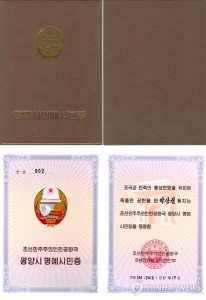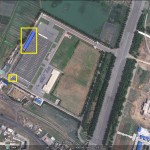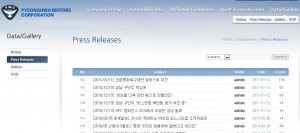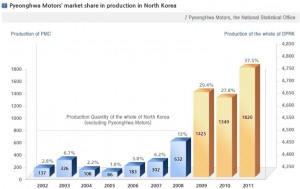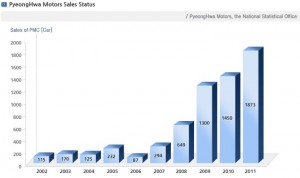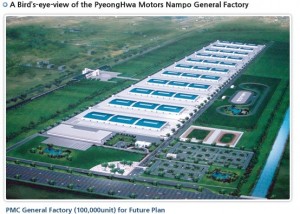Institute for Far Eastern Studies (IFES)
2013-1-23
The Ministry of Unification’s recent monthly report on ‘Trends on Inter-Korean Exchanges” included an examination of the last five years of the Lee Myung-bak administration’s (January 2008 to November 2012) people-to-people exchanges and economic cooperation between North and South Korea.
Over the past five years, total inter-Korean trade reached 8.94 billion USD, a growth of 58 percent against the previous Roh Moo-hyun administration’s 5.62 billion USD. This increase can be attributed to the steady growth of the Kaesong Industrial Complex (KIC). The KIC recorded a total trade volume of 6.695 billion USD under the incumbent administration, which is nearly a seven-fold increase compared to the previous Roh administration’s record of 957 million USD. Considering its importance, the KIC was exempt from South Korea’s May 24 (2010) sanctions imposed against the North.
During the Lee government, 108 companies were authorized for inter-Korean cooperation projects (including the Kaesong Industrial Complex). This represents a drastic drop from the previous government’s 370 companies. Under Lee, the number of cultural exchanges and related businesses that were approved were a mere 5, compared to the former administration’s record of 121.
Combined government and private sector assistance to North Korea totaled 256.3 billion KRW, only one fifth of what was recorded during the Roh administration (i.e., 1.27 trillion KRW). While the current government had more private sector support, the previous government showed more government support.
Over the 5 years of the Lee Myung-bak administration, 664,000 people traveled across the North-South border, which is significantly higher than the number (i.e., 390,002 people) recorded during the Roh administration. However, the majority were government officials, mainly those involved with the KIC.
The number of North Korean defectors that entered South Korea during the Lee administration’s term in office was 724 people, a significant drop from the 4,571 people during the 5-year term of the previous administration. Last year, no defectors entered South Korea — the first “zero-entry” in 14 years (that is, since 1998.
In terms of cross-border vehicle traffic, vehicles traveled across the border 840,009 times, an increase from the previous administration’s 490,000 visits. However, the quantity of goods transported dropped 40 percent from the previous, at 1.39 million tons.
In particular, after the ROKS Cheonan incident on March 2010, people-to-people exchanges and economic cooperation were completely halted due to the May 24 (2010) measures. The amount of goods transported was also largely reduced.
As far as cross-border rail is concerned, the Gyeongui Line (connecting South Korea to the KIC) and the Donghae Line (connecting the South to Mount Kumgang) were actively utilized during the Roh administration; but under the incumbent administration, only the Gyeongui Line was utilized.
During the Roh administration, the air traffic recorded 589 trips (42,495 people), but during the Lee government reached only 77 (3,812 people).
The number of separated families members reunited during the last five years was 1,774 (888 people in 2009 and 886 people in 2010). This is only a tenth of the 14,600 family members reunited during the former Roh Moo-hyun government.

